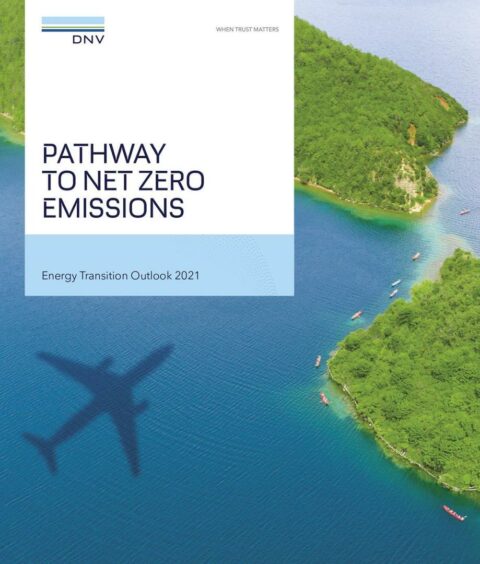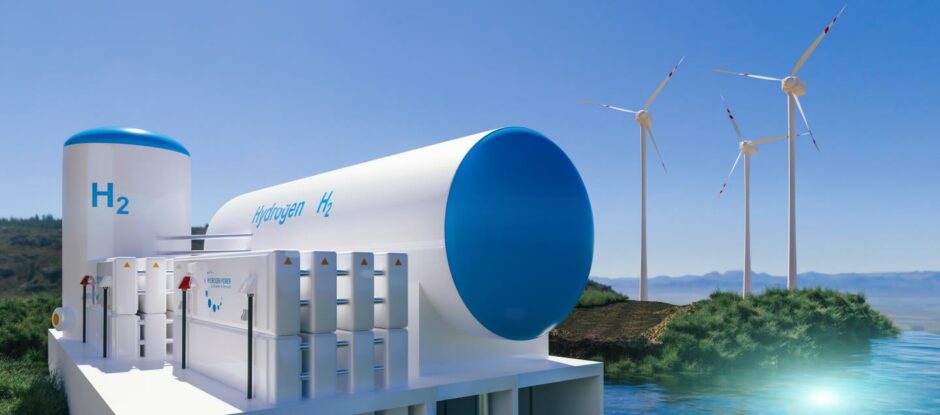
The Climate Change Committee (CCC) has stated that the UK is “nowhere near” meeting emissions targets enshrined in the Glasgow Climate Pact.
Official advisers warn that at current rates, the country will be contributing to a temperature rise of 2.7oC by 2100. In theory, the organisation says this could be brought down to just under 2oC but urges government to agree tougher policies and for other nations to slash emissions too.1
Whilst there has been much progress and many pledges, time remains the enemy. It is crucial these pledges are translated, with speed, to legally binding national determined contributions.
Net zero 2050 was understandably the most voiced demand at COP26 during my discussions at the event, Our ‘Pathway to net zero emissions’ report shows that if we are to limit global warming to 1.5°C, we need to be cutting greenhouse gas emissions (not just methane) by 30% by 2030. This is the only study that starts from the point of where we will be in 2050 and then seeks to close this gap by presenting the most feasible way to limit global warming to 1.5°C (image 1).
Countdown for climate action
Time, not money, is the key restraint to reach a net zero destination. Even with very large investments required (cumulatively USD55trn in renewables and USD35trn in grids over 30 years) the additional costs of reaching 1.5°C is less than 1% of global GDP.
If time is our enemy, then technology is our friend to accelerate the transition to a lower carbon society. We need to flip today’s 80:20 (fossil/non fossil) energy system to 20:80 by 2050, reducing dependence on first coal, then oil and gas. We have the clean technologies, but we need to massively scale-up electrification through renewables, such as solar and wind. We also need to fast-track carbon capture and storage (CCS).
For the hard to electrify sectors – shipping, aviation, heavy industry, heavy transport, and industrial heating – an alternative path to net zero is needed.
Hydrogen on the horizon
I was pleased to talk at a Global Wind Energy Council event on the critical role that hydrogen will play for these sectors In the 1.5°C scenario, we forecast that almost 15% of energy demand will be met by hydrogen together with 20% of net zero decarbonisation will rely on carbon capture for fossil produced CO2.
DNV is leading a study on behalf of the Ready4H2 project to produce a roadmap for European distribution networks to show how they can unlock the growth potential of hydrogen utilisation.
It aims to combine the hydrogen expertise and experiences from across 80 European gas distribution companies and organisations. The roadmap will show how gas distribution companies can support the transformation of Europe’s primary hydrogen distribution infrastructure.
We are also working with the National Nuclear Laboratory (NNL) to explore the potential of nuclear for the conversion of UK gas networks to hydrogen. This will provide deeper evidence to support key upcoming government policy decisions on the role of hydrogen in buildings and for heating, scheduled for 2026.
The pathway to 1.5oC requires the creation of a robust hydrogen economy. Hydrogen will account for 13% of energy demand by 2050. Our forecasts predict that one third of global hydrogen and synthetic-fuel demand by 2050 will be used for industrial heating. We will need to consider multiple pathways to achieve the hydrogen economy, nuclear is one such path.
Funding the energy transition
The role of finance was also much discussed and there is a clear disconnect between clean projects searching for funding and the risk appetite of capital markets for these investments. The incentive and subsidy frameworks for energy across the world are very messy and governments need to provide a more consistent approach together with a credible carbon price – our analysis shows at least an USD80/tonne is needed for 1.5oC.
It is an affordable transition at 1% global GDP, especially when the consequences of climate change could wipe 18% off global GDP. A just transition also needs the developed countries to honour its commitments in climate finance, starting with USD100 billion a year to the developing countries.
1.5°C is still alive, just, but we all need to do so much more.
Recommended for you

 © Supplied by DNV
© Supplied by DNV © Supplied by DNV
© Supplied by DNV